In the Florentine art scene, a city overloaded with an incomparable artistic heritage, we should investigate with renewed critical vigour, after the Second World War, in order to recover the Tuscan capital’s crucial role in the development of contemporary art; and above all in the dialogue between the artist and the social community, a dynamic historically all too often associated only with the great cities of Milan and Rome, centers which were undoubtedly of media and economic attraction even in the 1970s, but in the Number of creatives were not unique solutions (to report on the argument that excellent Art in Florence 1970-2015. A city in perspectiveedited by Alessandra Acocella and Caterina Toschi, Quodlibet, 2016).
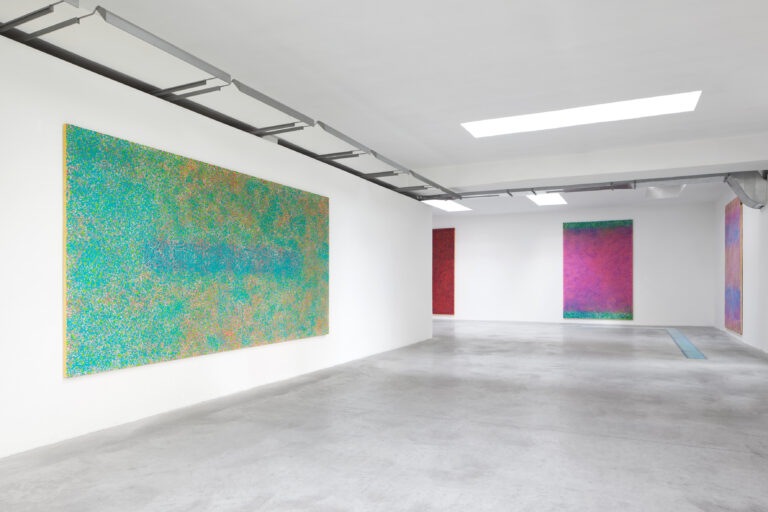 2 / 5
2 / 5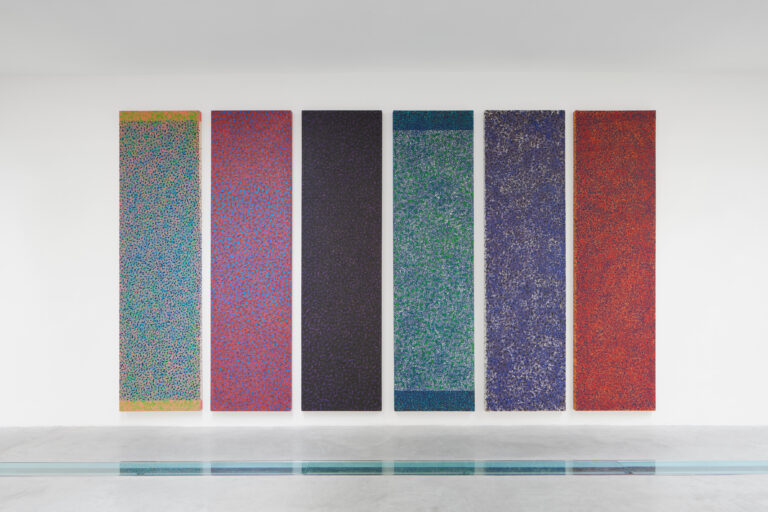 3 / 5
3 / 5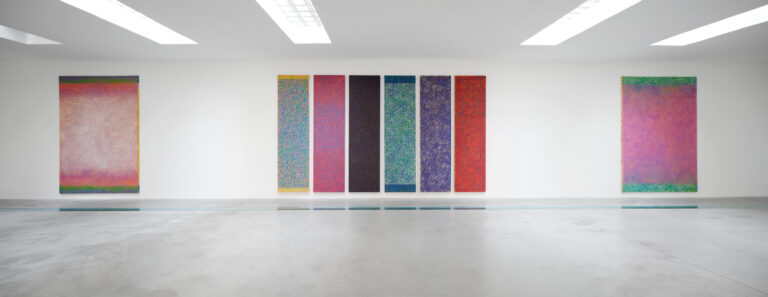 4 / 5
4 / 5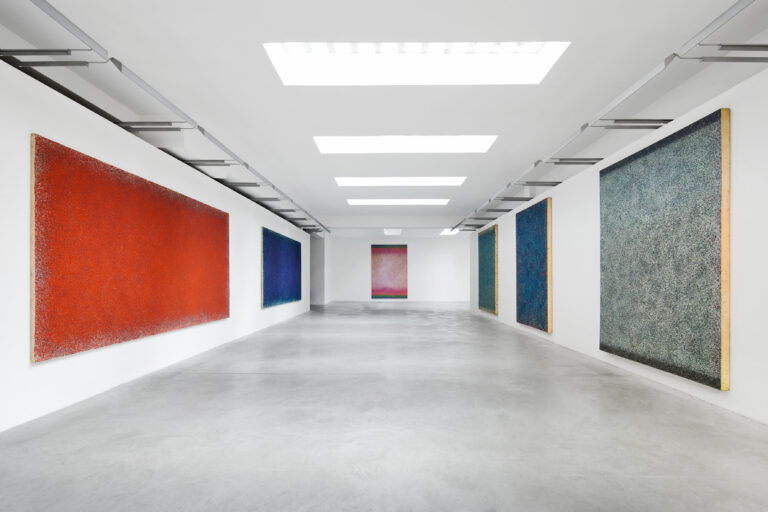 5/5
5/5The Paolo Masi exhibition in Florence
The chromatic research of Paul Masi (Florence, 1933) is an example of those pictorial-expressive solutions formulated by the author in a unified, engaging language, aimed above all at making painting a pure reality, not a simple reduction of images, but summa a collective imagination. An investigation well updated in the selection proposed by the Frittelli contemporary art gallery for the exhibition Paolo Masi in Florence. Works from the eighties, curated by Fabio Cavallucci, which brings together almost all the large formats first exhibited in the Sala d’Arme of the Palazzo Vecchio in 1985 and pays homage to the artist, who turns ninety this year. On the walls of the gallery we find a colorful landscape characterized by a lively dynamism, in which the artistic creation determines an analytical study of color in its luminous and corpuscular quality: with the help of the curator Cavallucci in the furnishings, attentive to the Intuitive signs From the art exhibitions and from the gallery owner Simone Frittelli, Masi’s works enrich the space with colored bodies placed on the canvas, resulting in a sensitive and symphonic sequence.
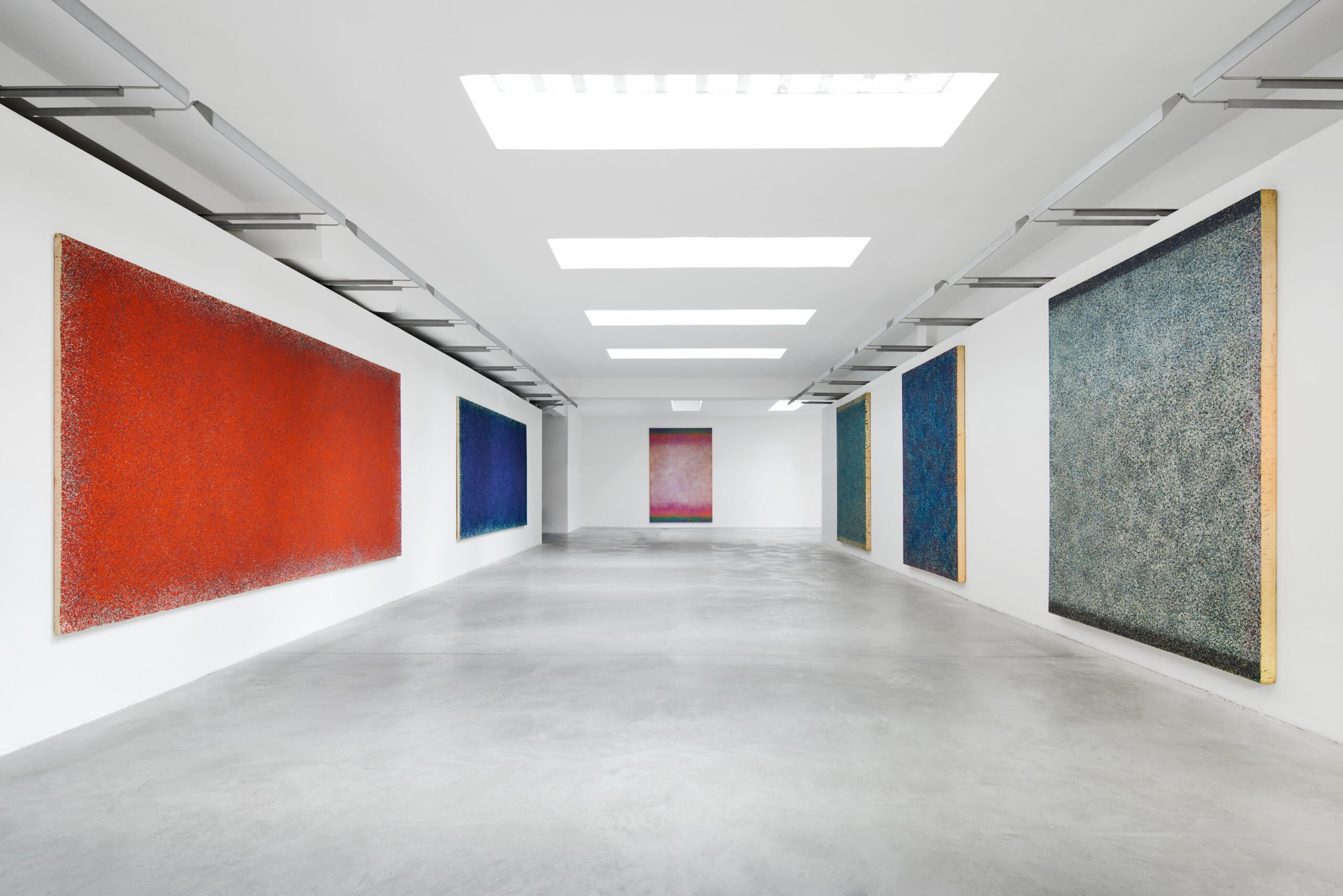
Painting by Paolo Masi
While the connection with Seurat’s pointillism or with Pollock’s drops is obvious, the combination with the “friction” of television screens in the tuning of the picture is less obvious, a detail that fascinated the Florentine painter so much that he suspected the correlation with it lived reality, practically in constant (and not always successful) synchronization with human history. The effect Noise Real and visually perceptible, Paolo Masi’s painting has at the same time a touch of vision, matured in almost forty years of waiting, in the face of the happy clinging to current events, where today the collective commitment Masi hoped for in 1984 no longer works, turns one rational codification of language, but lives in the revelation of a shared sentiment, however nostalgic and indulgent.
Luke married